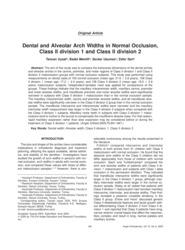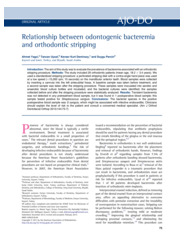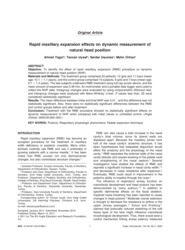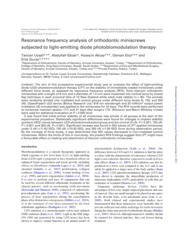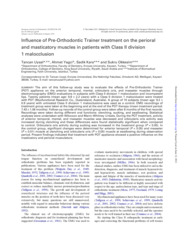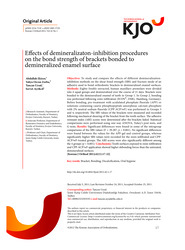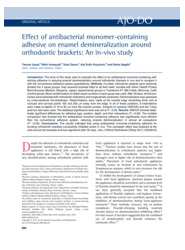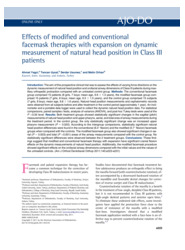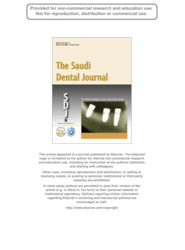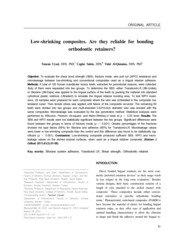Filtreler
Filtreler
Bulunan: 13 Adet 0.000 sn
Ambargo Durumu : Erişime Açık ✕Ambargo Durumu : Erişime Açık ✕Tür : Makale ✕Eser Sahibi : TANCAN UYSAL ✕Koleksiyon : TEMEL BİLİMLER BÖLÜM ... ✕Koleksiyon : KLİNİK BİLİMLER BÖLÜ ... ✕
Koleksiyon [4]
İlgili Araştırmacılar [2]
Ambargo Durumu [1]
Tam Metin [1]
Veritabanı [1]
Eser Sahibi [1]
Tür [1]
Yayıncı [7]
Kayıt Giriş Tarihi [6]
Yayın Dili [1]
Konu Başlıkları [20]
- Rats 2
- Alveolar width 1
- Antibacterial monomer-containing adhesive 1
- Bonding 1
- Bracket 1
- Cephalometric norm 1
- Class II division 1 1
- Class II division 2 1
- Conventional facemask therapies 1
- Craniofacial morphology 1
- Decalcifi cation 1
- Dental width 1
- Ethnicity 1
- Hyoid bone 1
- Image analysis 1
- Low-level laser therapy 1
- Maxillary expansion 1
- Mouth breathing 1
- Natural head position 1
- Odontogenic bacteremia 1 Daha fazlası Daha az
 TANCAN UYSAL
TANCAN UYSAL